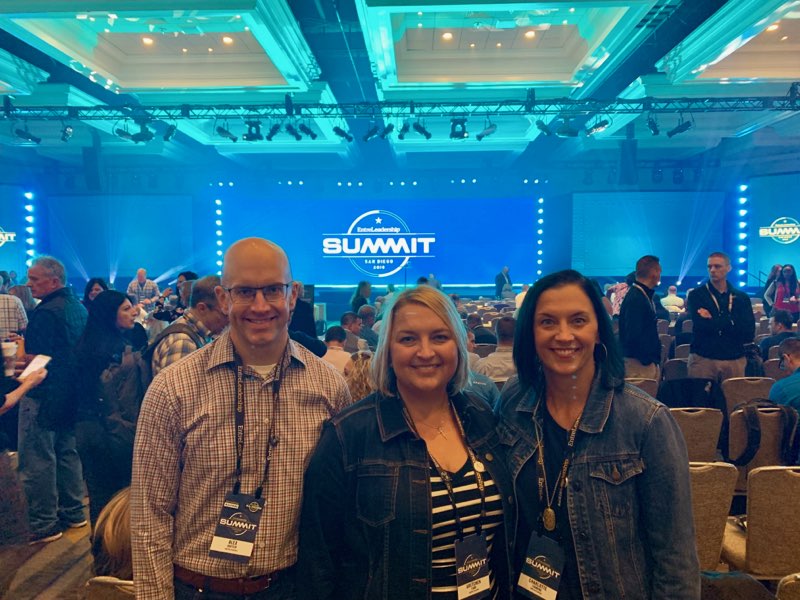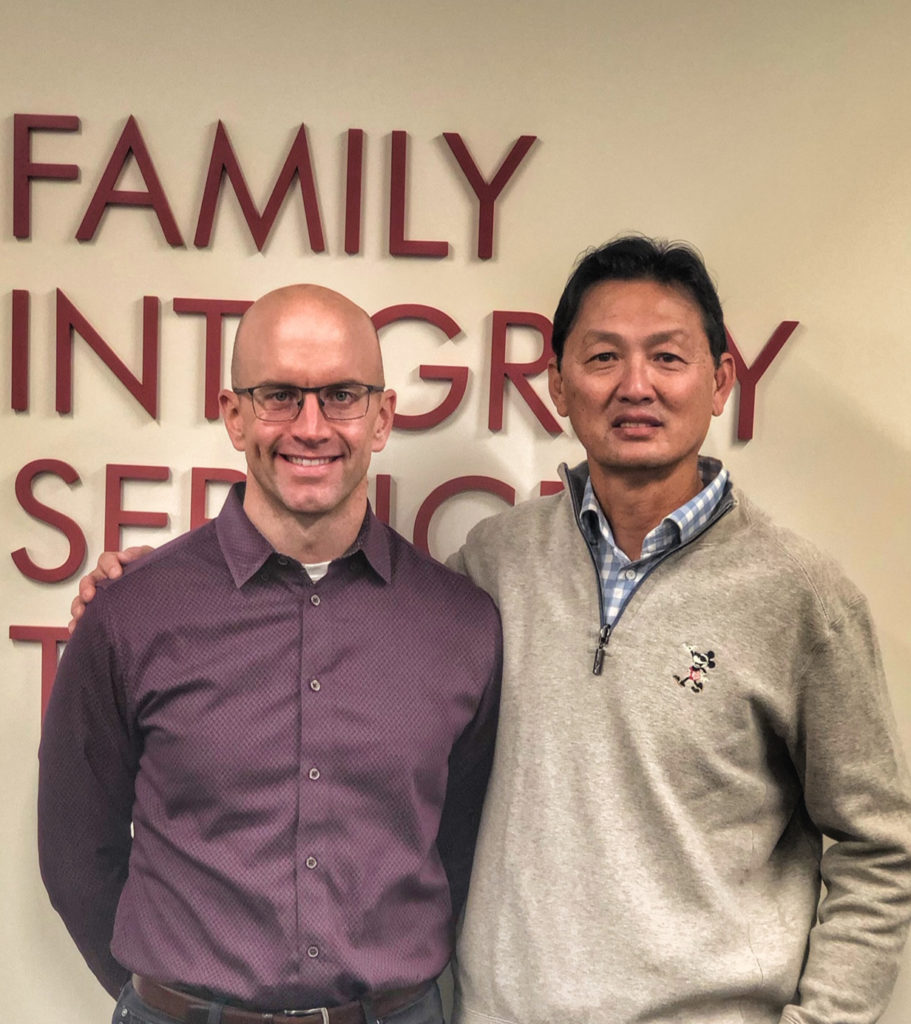Thoughts on COVID, Work, Family, and Gratitude
This week, I intended to write a post about all the reasons I love coming to work at a family business. To be sure, I will include some thoughts about that below. But setting that aside, at least to start, I want to share thoughts on a few topics that have been on my mind. They probably aren’t big enough ideas to warrant their own blog posts, so I am including them here. What follows flows from my heart.
COVID
Last month, I spent a week home with my second bout of COVID. If my first experience with COVID taught me anything, it was to have more grace towards others. My second experience reminded me how much that first experience shaped my views about all the COVID-related things people have discussed at the water cooler the last two years. I don’t have strong stances on any of them because my experience having COVID stunk to the high heavens. For some, that might have led them to have stronger views — but it didn’t for me. It just made me want to mourn with those who mourn and offer grace to all. Of course, I don’t always get that right…so I confess when I screw it up and start again.
This second time with COVID also reminded me that ultimately, my body will fail. My tendency for self-reliance is utterly exposed by illness, the reality of time, and age. Disease makes even the young(er) person aware of their limitations. While my cold-like symptoms were hardly severe, they did kick my butt. Put simply, they humbled me.
Work
Earlier this morning, I walked back into the gym before the sun came up. And I wondered —why was I there? Because this is what I do — at least that is what I tell myself. It is true. There is nothing glorious about it. Nor am I being braggadocios. I just show up and do the work. This is the gift of early morning workouts — they prime my “showing up” muscle.
I suppose this is what actor Brian Cox is referring to in his memoir when he says, “Don’t worry about career, worry about craft.” Showing up to work out is obviously not my craft — just look at me, for goodness sake! But it requires the kind of intentionality and discipline that helps in everything else I do. After all, when does a good workout begin? The answer is the night before.
The same can be said about a good day. And the same can also be said about writing. I show up and write. Regardless of who reads, I simply continue to do the work. I will always do the work. I have too much fun writing this blog to quit.
Family
Another gift of illness is perspective. Last fall, I constantly complained to my wife about attempting to (assistant) coach two kids’ baseball teams, get up at 5 a.m. every day for work, and on and on. In hindsight, the amount of grace she gives me is amazing. I can be a real whiner.
Given this context, I was praying about not coaching my younger son’s team. The younger kids can get on my nerves, and I can only do so much. I prayed about it because I believe only God can see the future. I also believe all wisdom comes from God. I ask God to protect me from potential bad decisions today.
Now, you probably get where this is going to go. Before it goes there, I want to say that I do not think parents need to always be involved — this is why I was praying. I believe we overload our schedules these days, which is not good for anyone, especially the kids.
That said, I had a change of heart last week. I went from being almost sure I was not going to coach to feeling convinced I should coach. Frankly, I just started to get this sense of how fast their childhoods were going. Not just this one son, but all our kids.
I also remembered that the most important time I have with my middle child is the time in the car driving to and from practice. He talks my ear off. He asks all sorts of questions and shares some fantastic insights. While I could easily drive him to and from practice not being his coach, inevitably, I would miss some of these times due to other responsibilities. So, this time is just too precious to miss. I do not want these days to ever end. Yet logically, I know they will.
Gratitude
Let me share a truth about gratitude: You need gratitude the most when you feel the least like expressing it.
A few weeks ago, I was in a whiny mood about work. Realizing this, I declared the following day “Gratitude Day.” The next day, I made it a point to list all the reasons I loved work in my notebook. The list was not super long by day’s end — again, I was in a whiny state of mind — but it was enough to jolt me back in the right direction.
Observing gratitude days will be an ongoing practice for me. In hindsight, I should have practiced one last week when I had COVID because it would have helped.
Thoughts on COVID, Work, Family, and Gratitude Read More »










